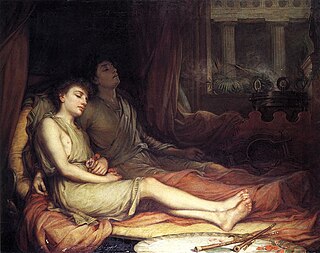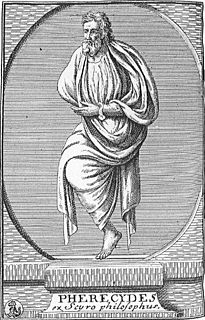In Niuean mythology, Fakahoko is one of the gods of the island. [1] He is cited as one of the five original gods (tupua) of the island who fled from the lost country of Fonuagalo. [2] [3] [4]

Niue is an island country in the South Pacific Ocean, 2,400 kilometres (1,500 mi) northeast of New Zealand, east of Tonga, south of Samoa, and west of the Cook Islands. Niue's land area is about 261 square kilometres (101 sq mi) and its population, predominantly Polynesian, was about 1,600 in 2016. The island is commonly referred to as "The Rock", which comes from the traditional name "Rock of Polynesia". Niue is one of the world's largest coral islands. The terrain of the island has two noticeable levels. The higher level is made up of a limestone cliff running along the coast, with a plateau in the centre of the island reaching approximately 60 metres high above sea level. The lower level is a coastal terrace approximately 0.5 km wide and about 25–27 metres high, which slopes down and meets the sea in small cliffs. A coral reef surrounds the island, with the only major break in the reef being in the central western coast, close to the capital, Alofi. A notable feature are the many limestone caves near the coast.
Niuean mythology relates to some of the myths prevalent on the island of Niue, an Oceanic island country in free association with New Zealand. Although Niuean mythology reports a colonization before 500 AD, the island was settled by Polynesians from Samoa around 900 AD. The five principal gods of Niue are known as the tupua, and include Fao, Huanaki, Fakahoko, Laga-iki, and Lagi-atea, who by various accounts, arrived from Fonuagalo, Tulia, Toga-liulu, or perhaps other islands. In Avatele myths, the gods are said to have come from within the earth instead of Fonuagalo. There are also many other gods in Niuean mythology from fish gods to flying rats.
A story told is that Fao, along with Laga-iki, Fakahoko, Huanaki, and Lagi-atea, left the lost country (Fonuagalo), because they felt they had not been properly recognized at feasts. When they arrived in Niue, Fao was only able to place one of his feet on the ground. Huanaki completed Fao's work and the other three gods came to settle on the island. [4] Another version of the story is that these five gods were lazy and did no work toward preparing feasts. When their parents had prepared a feast, they received no portion of it because they had done nothing to help in its preparation. When they continued to do nothing in preparing feasts, their parents continued withholding any portion of it from them. The five gods then searched for an island where they could live away from their parents. [3]
In Niuean mythology, Fao is one of the five principal gods (tupua) of the island of Niue. He is the god of humans on Niue. According to Peniamina, a Pacific island missionary stationed on the island, the Niue islanders consider Huanaki and Fao as their ancestors, and are central to their early history.
In Niuean mythology, Huanaki is one of the five principal gods of the island. Along with Fao, Huanaki was one of the earliest settlers, who swam across from Tonga.
In Niuean mythology, Lagi-atea is one of the gods of the island. He is cited as one of the five original gods (tupua) of the island who fled from the lost country of Fonuagalo.







